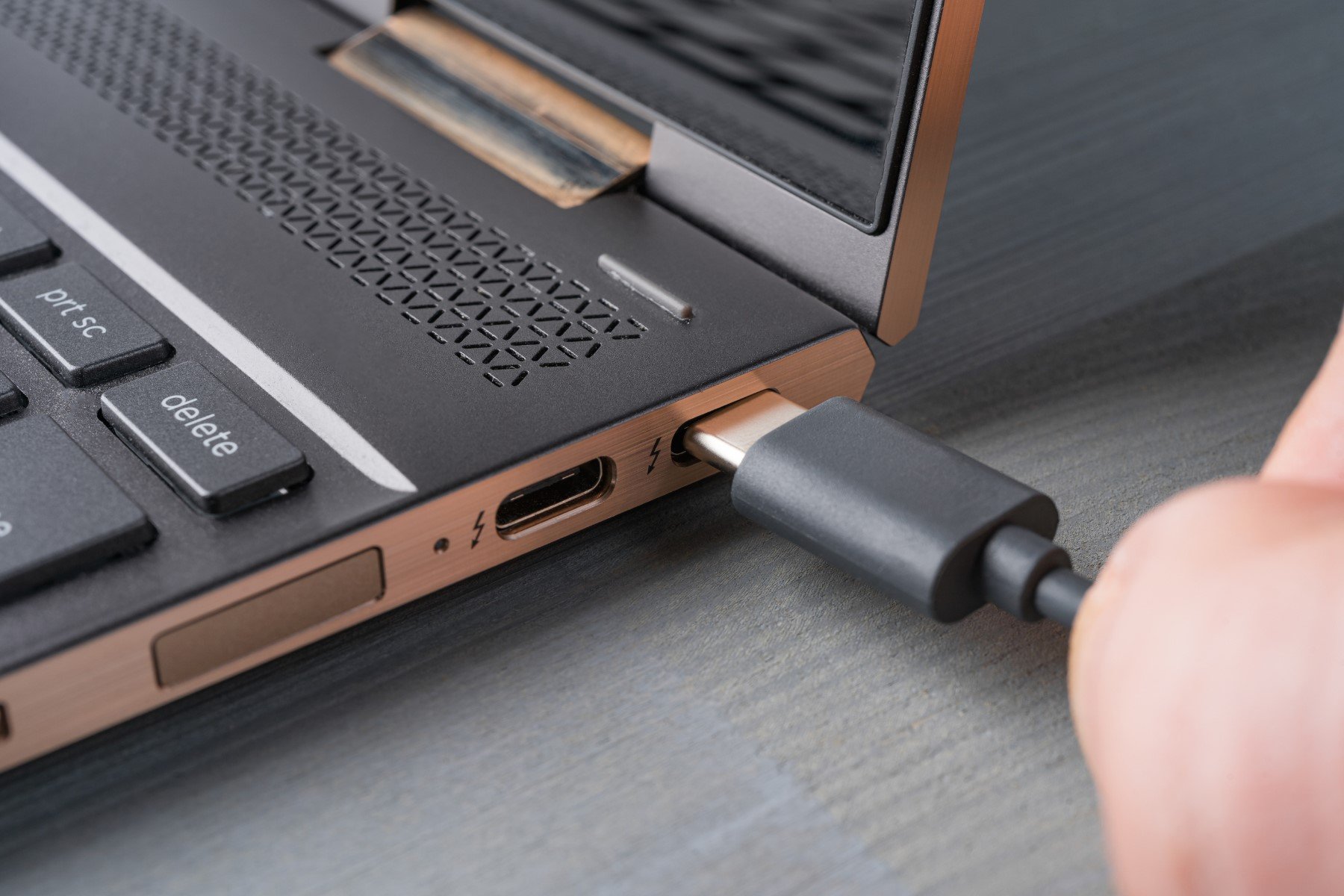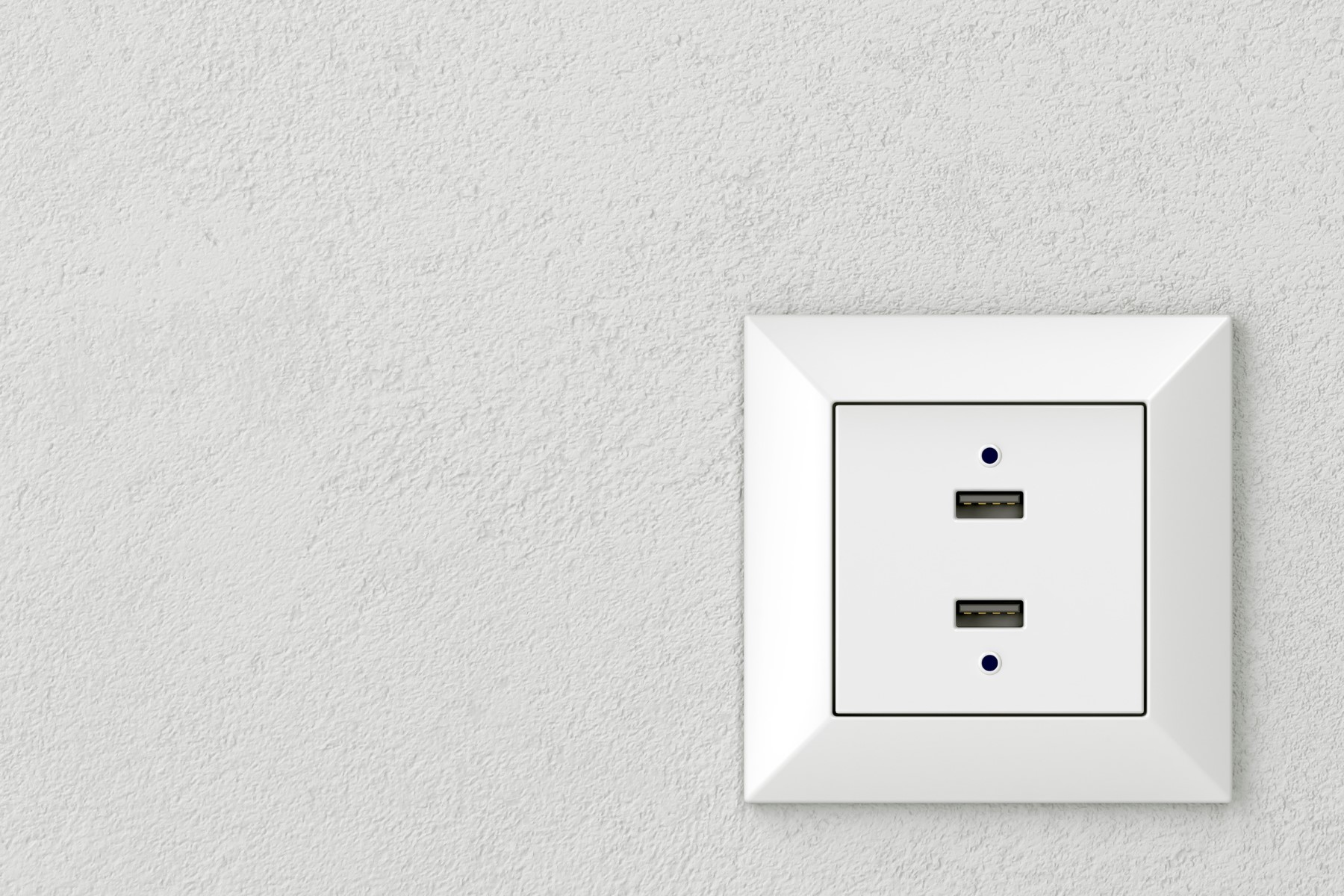Granite River Labs, GRL
Dennis Lan
In June 2021, the USB Implementers Forum (USB-IF) released the USB Power Delivery Compliance Test Specification (CTS) Revision 1.2 Version 2, also known as the PD Merged Test Specification. This test specification combines three documents previously used for PD testing into one, namely the PD 3.0 Test Specification, PD 2.0 Communication Engine MOI, and PD 2.0 Deterministic MOI.
In November 2022, the PD Merged Test Specification was further updated to Revision 1.4 V5. This revamp rolled out three new test items: TEST.PD.PROT.SRC3.14, TEST.PD.PROT.ALL3.8, and TEST.PD.PROT.SNK3.8. If you’re looking for a comprehensive overview of how USB certification test requirements will change with these updates, you’re in the right place.
USB PD Revision 1.4 V5 test item #1: TEST.PD.PROT.SRC3.14
What is the source info of TEST.PD.PROT.SRC3.14?
The Source Info provides details about the Port PDP (PD power) and Port type. Port PDP is further divided into three categories:
- Maximum PDP is a fixed value that represents the maximum power that an interface can supply.
- Present PDP indicates the power currently being delivered by the interface.
- Reported PDP is calculated based on the maximum voltage specified in the PDOs within the Source capability.
If the Port Type is set as a Guaranteed Capability Port, the device under test should report a Present PDP that matches the Maximum PDP when the appropriate cable conditions are used. However, if the Port Type is set as a Managed Capability Port, the device under test may report a Present PDP lower than the Maximum PDP.
TEST.PD.PROT.SRC3.14 test details
This test is conducted to verify whether a tester assuming the role of a Sink has sent a Get_Source_Info message to the device under test, or Source. This is confirmed when the device under test responds with an accurate Source_Info message.
Applicable objects of the TEST.PD.PROT.SRC3.14
- Consumer/Provider
- Dual-Role Power (DRP)
- Provider/Consumer
- Provider only
TEST.PD.PROT.SRC3.14 test steps
- The tester will establish a PD contract with the device under test using Bring-up procedures that correspond to the device under test.
- The tester sends a Get_Source_Info message to the device under test.
- The tester verifies the Source_Info response from the device under test. If the device under test responds with "Not_Supported," it is considered to have failed.
- Check the Source_Info response for the following content:
- Number of Data Objects = 1
- The Port Type setting should match the Port_Managed_Guaranteed_Type field in the Vendor Information File (VIF)
- B30...24 (Reserved) should be set to 0
- B23...16 (Port Maximum PDP) should be set to the same value as the PD_Power_As_Source field in the VIF
- B15...8 (Port Present PDP) and B7...0 (Port Reported PDP) should be set to a value greater than 0 and less than or equal to the Maximum PDP
- If the Port_Managed_Guaranteed_Type is set to 1 (Guaranteed) in the VIF, the value of B23...16 (Port Maximum PDP) should be equal to B15...B8 (Port Present PDP)
Figure 1: Source_Info message (source: PD 3.1 Spec)
Table 1: Source_Info Data Object (Source: PD 3.1 Spec)
USB PD Revision 1.4 V5 test item #2: TEST.PD.PROT.ALL3.8 Get Revision Response
Introducing TEST.PD.PROT.ALL3.8 Get Revision Response
USB-IF requires the PD_Spec_Revision field in the VIF to be populated with the latest PD Spec version as a prerequisite to obtaining PD certification. This test item aims to validate if the Revision message returned by the device under test matches the VIF. For example, the required response from a device under test for PD Spec Revision: 3.1 Version: 1.7 is as follows:
- Revision.major = 0011b
- Revision.minor = 0001b
- Version.major = 0001b
- Version.minor = 0111b
TEST.PD.PROT.ALL3.8 test details
This test verifies whether the device under test can correctly respond to the Get_Revision message.
Applicable Objects of the TEST.PD.PROT.ALL3.8
- Cable
- Consumer only
- Consumer/Provider
- DRP
- Provider/Consumer
- Provider only
- Vconn Powered Device (VPD)
TEST.PD.PROT.ALL3.8 test steps
- The tester establishes a PD contract with the device under test using Bring-up procedures that correspond to the type of device under test.
- The tester sends a Get_Revision message to the device under test. Unless the device under test is a Passive Cable or VPD, it should respond with a Revision message.
- Check the Source_Info response for the following content:
- Number of Data Objects = 1
- Verify if Revision.major, Revision.minor, Version.major, and Version.minor match the respective fields in the VIF (PD_Spec_Revision_Major, PD_Spec_Revision_Minor, PD_Spec_Version_Major, PD_Spec_Version_Minor)
- B15...0 (Reserved) should be set to 0
- Link equalization involves precise dynamic negotiation between the upstream and downstream ports. This negotiation process adjusts and optimizes the equalization filters of the Tx (transmitter) and Rx (receiver) ends within a certain time range. As a result, the link operates within a bit error rate (BER) range of BER ≤ 1E-12.
Figure 2: Revision Message (Source: PD 3.1 Spec)
Table 2: Revision Data Object (Source: PD 3.1 Spec)
USB PD Revision 1.4 V5 test item #3: TEST.PD.PROT.SNK3.8 GotoMin Message
Introducing TEST.PD.PROT.SNK3.8 GotoMin Message
GotoMin is used to temporarily redistribute power wattage from a Source to different interfaces, addressing short-term power requirements. For example, a laptop (Source) can temporarily decrease the power consumption of an external device (Sink) for a duration of 10-20 seconds, thus enabling another interface on the laptop to power a hard disk.
The GotoMin message is only applicable to Sinks that have the GiveBack capable flag set to 1 in their Request messages. Upon receiving the GotoMin message, the Sink will reduce the current drawn from the Source to match the Minimum Operating current specified in its most recent Request message.
TEST.PD.PROT.SNK3.8 GotoMin Message test details
This test verifies whether the device under test can correctly respond to the GotoMin message.
Applicable objects for the TEST.PD.PROT.SNK3.8 GotoMin Message
- Consumer only
- Consumer/Provider
- DRP
- Provider/Consumer
TEST.PD.PROT.SNK3.8 GotoMin Message test steps
- The tester establishes a PD contract with the device under test using corresponding Bring-up procedures.
- The tester sends a GotoMin message to the device under test.
- Verify that the device under test responds with GoodCRC and reduces the power to the Minimum Operating Power within tSrcTransition min (25ms).
Test and certify your USB PD products at GRL’s USB-IF authorized test labs
As an Independent Test Lab (ITL) authorized by the USB-IF, GRL offers comprehensive test services for USB technologies, including USB Power Delivery, USB4®, USB 3.2, and USB 2.0. Whether you need testing for peripheral, host, hub, or charger products, we have the experience and expertise to run comprehensive, automated tests that will speed up your product pipelines in no time. Please feel free to contact us to learn more.
References
- USB Power Delivery Specification Revision 1.4 Version 6
- USB Power Delivery Specification Revision 3.1 Version 1.7



